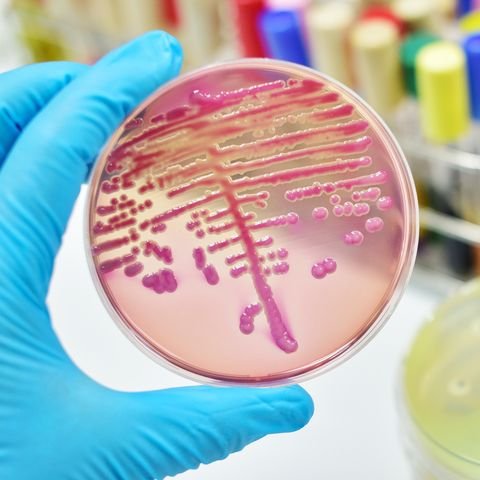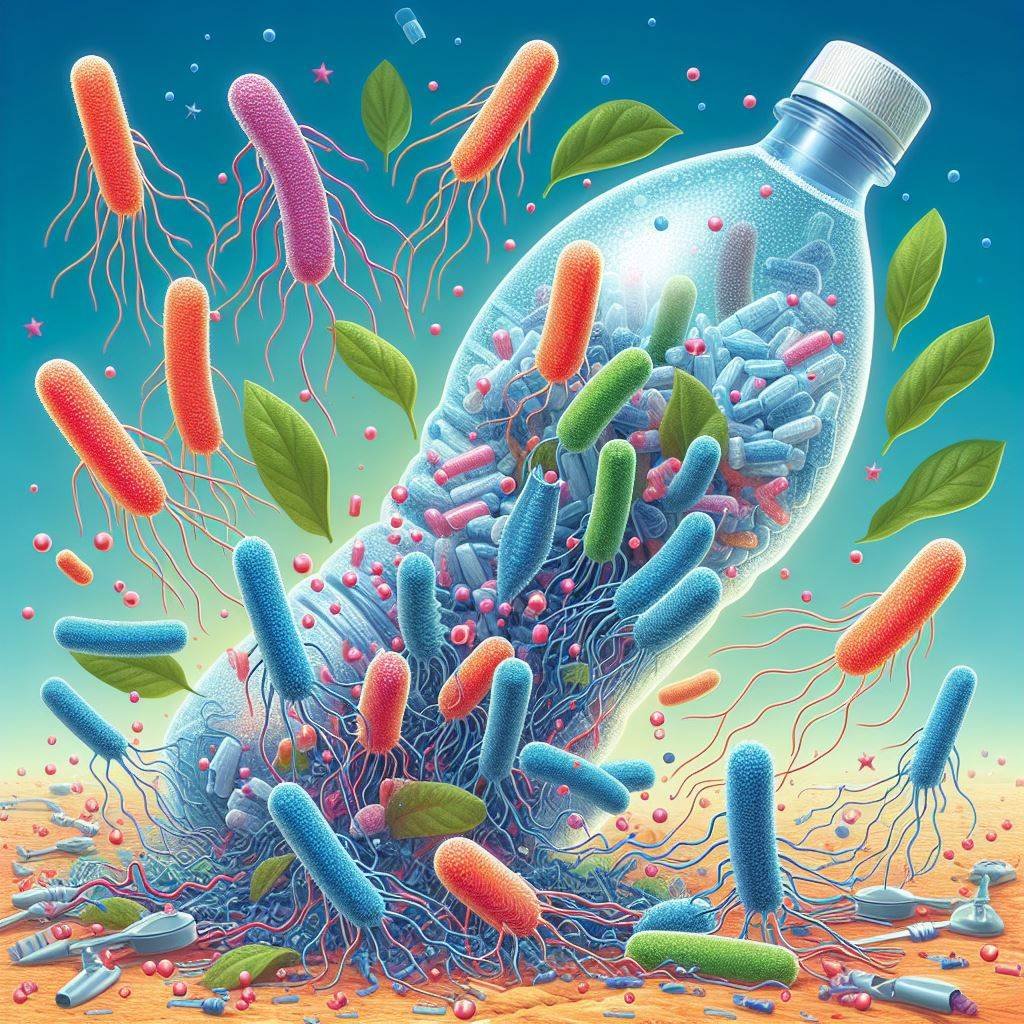In recent years, the discovery of plastic-eating bacteria has sparked a wave of excitement and hope in the scientific community and beyond. These microscopic organisms offer a potential solution to one of the most pressing environmental issues of our time: plastic pollution.
The Discovery
The story began in 2001 when Japanese scientists stumbled upon a strain of bacteria at a waste dump that was degrading plastic bottles. This bacterium, named Ideonella sakaiensis, was found to consume the plastic known as PET (polyethylene terephthalate), which is commonly used in beverage bottles. The enzymes responsible for this process, dubbed PETase, break down the long molecular chains of PET into simpler substances that the bacteria can use for energy.
The Potential
The implications of this discovery are profound. With tons of plastic waste accumulating in landfills and oceans, the ability to biologically degrade plastic could revolutionize waste management and recycling. Scientists are now working to enhance the efficiency of these bacteria, hoping to scale up the process for industrial applications.


The Challenges
However, the road to commercial use has obstacles. The efficiency of plastic degradation by these bacteria is currently too low for large-scale application. Moreover, the process needs to be optimized to ensure it is environmentally friendly and cost-effective.
The Future
Despite the challenges,
the potential benefits of plastic-eating bacteria are too significant to ignore. Research is ongoing, and with each breakthrough, we inch closer to a sustainable solution for plastic waste. The vision is clear: a world where plastic pollution is no longer a threat to our ecosystems and health.
Conclusion
Plastic-eating bacteria represent a beacon of hope in the fight against plastic pollution. As research progresses, we may soon witness these microscopic marvels playing a major role in creating a cleaner, greener planet.







